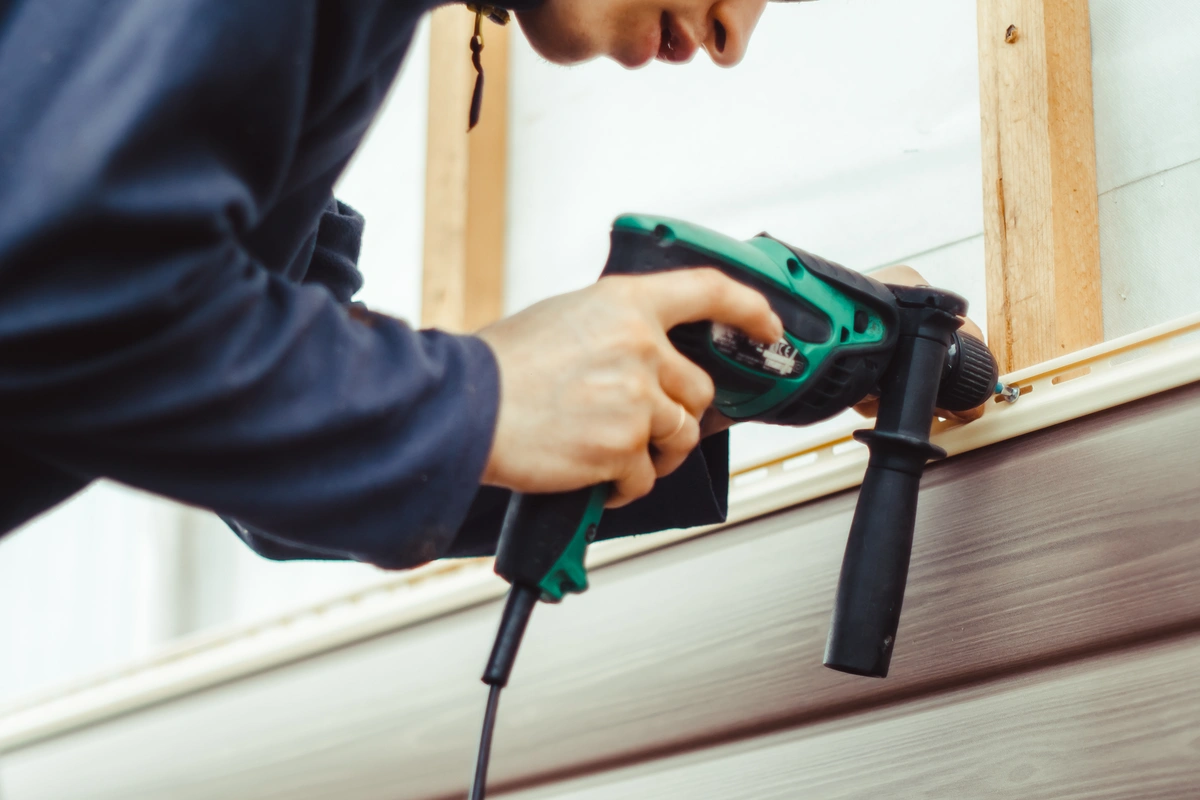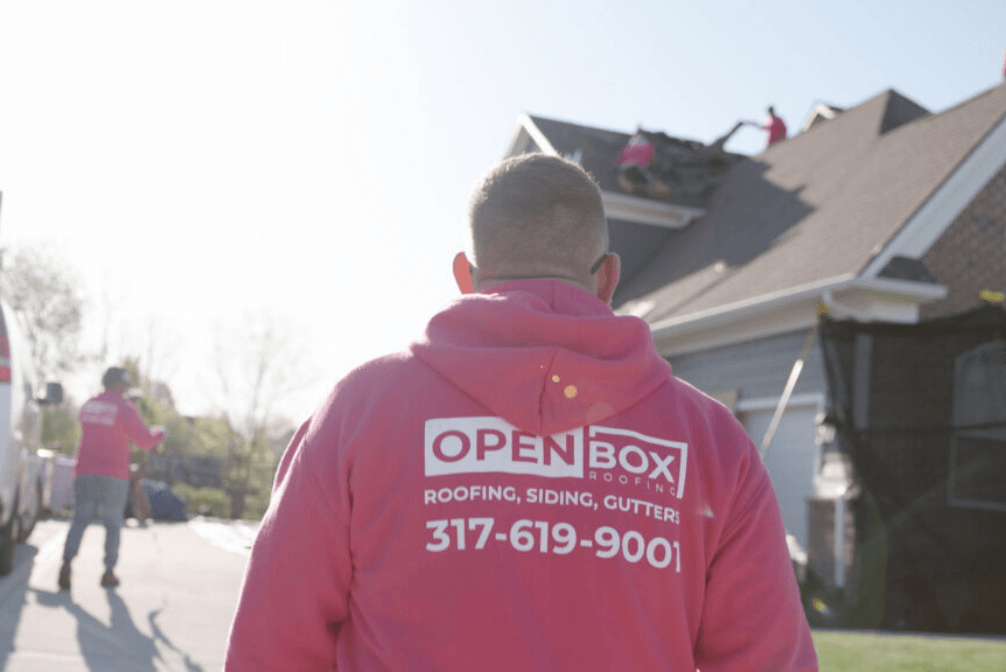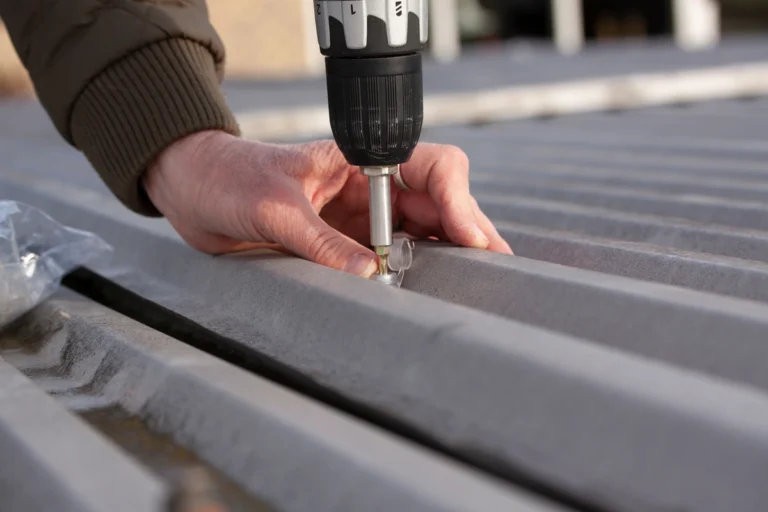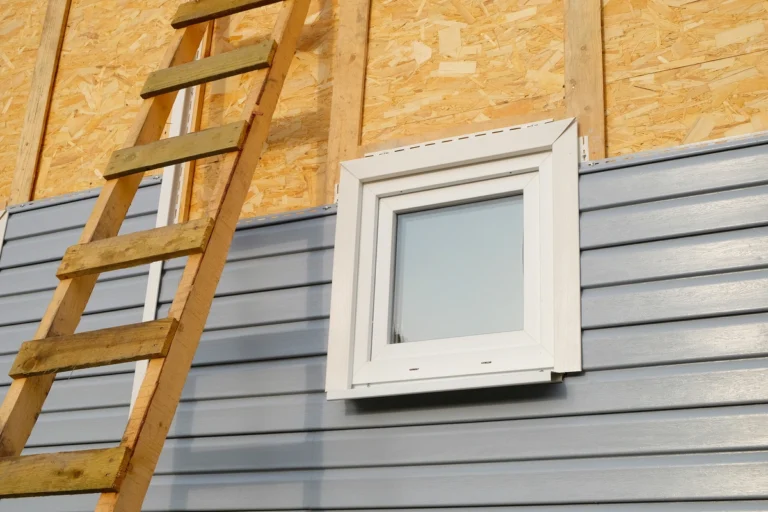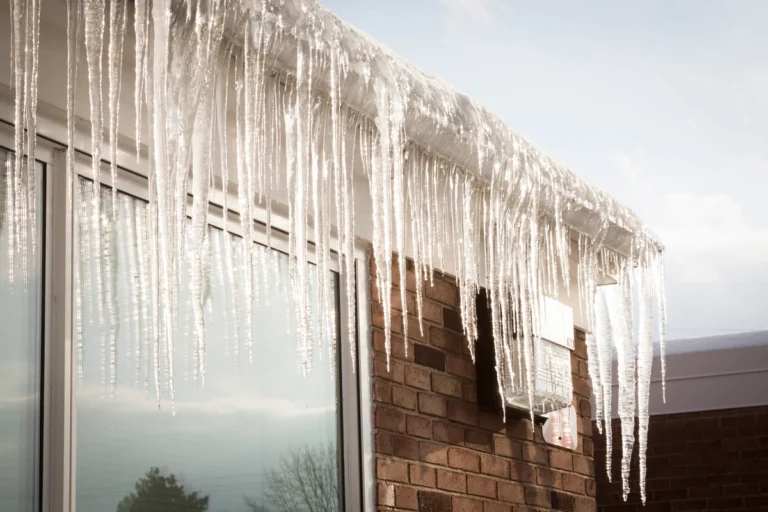Vinyl siding is a popular choice for homeowners looking to improve the aesthetics and durability of their homes. It has become a top contender for its:
- Affordability 💰
- Low maintenance requirements 👌
- Versatility 🎭
In this blog post, we’ll delve into the world of vinyl siding, discussing what it is, its pros and cons, vinyl siding cost comparisons, maintenance tips, and alternative siding options.
And when you’re ready to get your siding replaced, don’t hesitate to reach out.
What is Vinyl Siding?
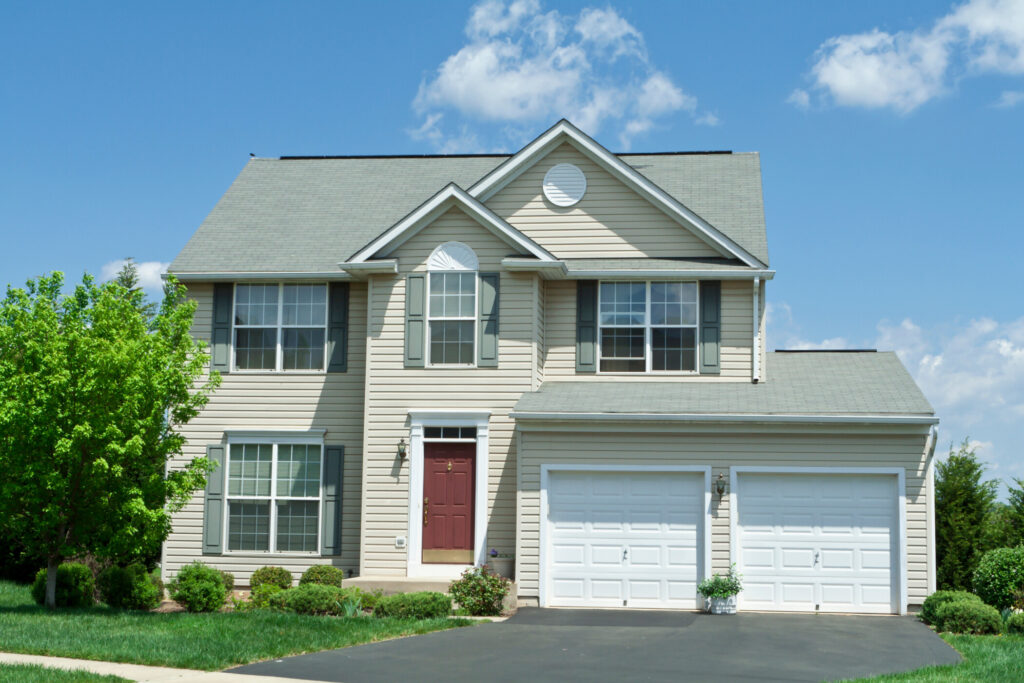
Vinyl siding is a type of exterior cladding material made from polyvinyl chloride (PVC). It is designed to protect your home from the elements while enhancing its curb appeal. Vinyl siding comes in a wide range of colors and styles, allowing homeowners to choose the option that best suits their tastes and complements their home’s architecture.
✅ Pros of Vinyl Siding
- Affordability: One of the primary advantages of vinyl siding is its cost-effectiveness. Compared to other siding materials like wood or brick, vinyl siding is generally more budget-friendly, making it an attractive option for homeowners on a tight budget.
- Low Maintenance: Vinyl siding is incredibly low maintenance. Unlike wood siding, which requires regular painting or staining, vinyl siding retains its color and finish for many years. A simple annual cleaning with a hose and mild detergent is usually sufficient to keep it looking fresh.
- Durability: Vinyl siding is highly durable and resistant to various environmental factors. It won’t rot, warp, or corrode like wood or metal siding might. It’s also immune to termite infestations, which can be a concern with wood siding.
- Energy Efficiency: Many vinyl siding options come with insulation layers that can improve your home’s energy efficiency. This can help reduce heating and cooling costs, making it an eco-friendly choice as well.
- Variety of Styles: Vinyl siding offers a wide array of styles, textures, and colors, allowing homeowners to achieve their desired look, whether it’s a traditional or modern aesthetic. This versatility makes it suitable for various architectural designs.
❌ Cons of Vinyl Siding
- Limited Aesthetics: While vinyl siding offers a range of choices, it may not replicate the authentic look of natural materials like wood or stone. Some homeowners prefer the genuine appearance of these materials.
- Potential for Fading: Over time, vinyl siding can fade due to exposure to sunlight. While this is less of an issue with high-quality vinyl, it’s still a consideration, particularly for homes in sun-drenched regions.
- Vulnerability to Extreme Temperatures: In extremely hot or cold climates, vinyl siding may expand or contract, leading to potential issues like warping or cracking. However, these problems are often mitigated with proper installation and choosing the right type of vinyl siding.
The Cost of Installing Vinyl Siding
The cost of installing vinyl siding can vary widely based on several factors, including the size of your home, the type and quality of vinyl siding chosen, labor costs in your area, and any additional features or insulation layers you may want. On average, the cost of vinyl siding installation ranges from $3 to $8 per square foot.
Here’s a breakdown of the cost components involved in vinyl siding installation:
- Material Cost: The cost of the vinyl siding itself is a significant portion of the total expense. High-quality, insulated vinyl siding will typically be more expensive than standard options.
- Labor Costs: Labor costs can vary depending on your location and the complexity of the installation. Hiring a professional contractor is advisable to ensure a proper installation that prevents issues like moisture infiltration.
- Additional Features: If you opt for additional features like trim, soffit, or decorative accents, these will add to the overall cost.
- Insulation: Some homeowners choose to install insulation beneath the vinyl siding to improve energy efficiency. This adds to the cost but can result in long-term savings on energy bills.
To get an accurate estimate for your specific project, it’s recommended to obtain quotes from reputable contractors in your area. They can assess your home, discuss your preferences, and provide a detailed estimate based on your needs.
How to Maintain Vinyl Siding
One of the key benefits of vinyl siding is its minimal maintenance requirements. However, to ensure it stays in top condition for years to come, here are some essential maintenance tips:
Regular Cleaning 🧽
Clean your vinyl siding annually using a garden hose and a mild detergent or a specialized vinyl siding cleaner. Use a soft brush or a long-handled scrub brush to remove dirt and debris.
Inspect for Damage 🔍
Periodically inspect your siding for any signs of damage, such as cracks, chips, or loose panels. Address these issues promptly to prevent further damage.
Avoid High Pressure 🤯
While it’s okay to use a pressure washer for cleaning, avoid using excessive pressure, as it can force water behind the siding, potentially causing moisture-related problems.
Trim Plants and Trees ✂️
Trim back any vegetation near your vinyl siding to prevent damage from overhanging branches or vines.
Address Mold and Mildew 🍄
If you notice mold or mildew growth, treat it with a mixture of water and vinegar or a commercial mold remover. Ensure you rinse thoroughly afterward.
5 Alternative Siding Options
While vinyl siding is a popular choice, there are several alternative siding materials to consider, each with its own set of advantages and disadvantages. Here are a few common alternatives:
1) Wood Siding:
Wood siding offers a natural and timeless aesthetic. However, it requires more maintenance and is susceptible to rot and insect infestations. It can also be more expensive than vinyl siding.
2) Fiber Cement Siding:
Fiber cement siding is a durable and fire-resistant option that can mimic the look of wood or other materials. It requires minimal maintenance but can be more expensive than vinyl.
3) Brick Siding:
Brick siding is known for its durability and classic appearance. It’s an excellent option for those who prefer a traditional look, but it can be costly to install.
4) Metal Siding:
Metal siding, such as aluminum or steel, is strong and resistant to fire and insects. It can be more expensive than vinyl and may require repainting over time.
5) Stucco Siding:
Stucco siding offers a unique texture and appearance. It’s durable but can be prone to cracking and may require periodic maintenance.
Install Vinyl Siding With the Pros

Vinyl siding is a cost-effective, low-maintenance siding option that provides durability and a wide range of design choices. Remember that proper installation and maintenance are key to maximizing the lifespan and performance of your chosen siding material.
Looking for a siding contractor? Open Box Roofing is here to help! Contact us today to learn more about our services.
